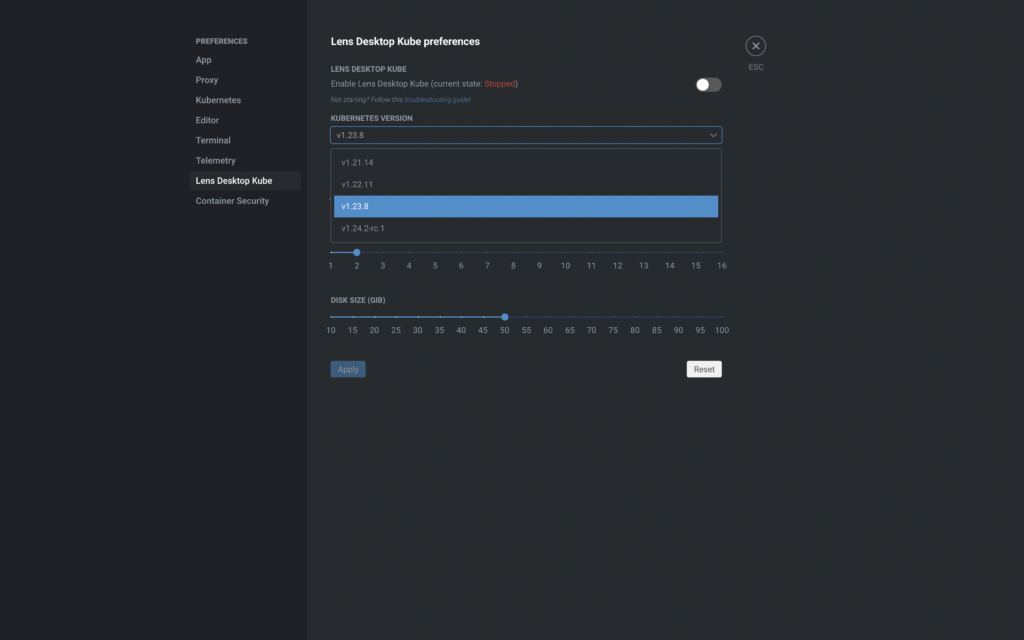Mirantis Adds Lens Pro Edition to IDE Portfolio for Kubernetes
Mirantis has made available a Lens Pro edition of its cloud-native application integrated development environment (IDE) that includes a local instance of Kubernetes. That instance can be automatically provisioned along with on-demand support and a streamlined set-up process for container image scanning and vulnerability reporting tools.
Miska Kaipiainen, vice president of product engineering for Mirantis, says Lens Pro is aimed at enterprise IT organizations looking to improve productivity. It is priced at $19.90 per month per seat or $199 per seat for an annual license.
There are now more than 650,000 users of the open source Lens IDE. It’s not clear what percentage of that base of developers work for enterprise IT organizations that might be willing to pay for additional capabilities, but Kaipiainen estimates there’s a potential base of three million enterprise developers building cloud-native applications on Kubernetes clusters.
There are, of course, well over 10 million developers building applications using containers, but not all those applications are deployed on Kubernetes clusters. Most recently, Mirantis integrated Lens with Docker Desktop tools to make it simpler for developers to transition to an IDE when required.
In general, there’s a lot more focus on developer productivity as many start to transition to building microservices-based applications using containers. The degree to which developers—rather than an IT operations team—will manage Kubernetes will differ from one application to another. In some cases, developers are assuming responsibility for both the application and the underlying infrastructure. In other cases, developers prefer to focus their efforts on writing code using a local instance of Kubernetes rather than managing infrastructure. One way or another, however, the number of Kubernetes clusters that need to be managed continues to rapidly accelerate.
As part of an effort to enable developers to manage Kubernetes environments, Mirantis also acquired amazee.io, a provider of the Lagoon framework. Lagoon automatically provisions a Kubernetes environment based on how an application is constructed using containers on a local desktop or housed in a Git repository.
The challenge, of course, is that the demand for cloud-native applications in the enterprise exceeds the pool of developers that have Kubernetes expertise. As the number of dependencies between microservices continues to increase, the overall application environment also becomes more challenging to maintain at scale. Container applications are more resilient than monolithic applications because whenever a microservice is not available, calls can be rerouted to other microservices. However, that rerouting typically results in degradation of application performance; it can be challenging to identify the root cause of an issue given all the dependencies that have been created.
IDEs such as Lens will make it simpler for developers to address those issues as they arise by providing more visibility into the Kubernetes cluster environments that are being continuously updated. Regardless of how Kubernetes clusters are managed and maintained, it’s clear that the overall environment itself will only continue to become more complex as each application expands.





